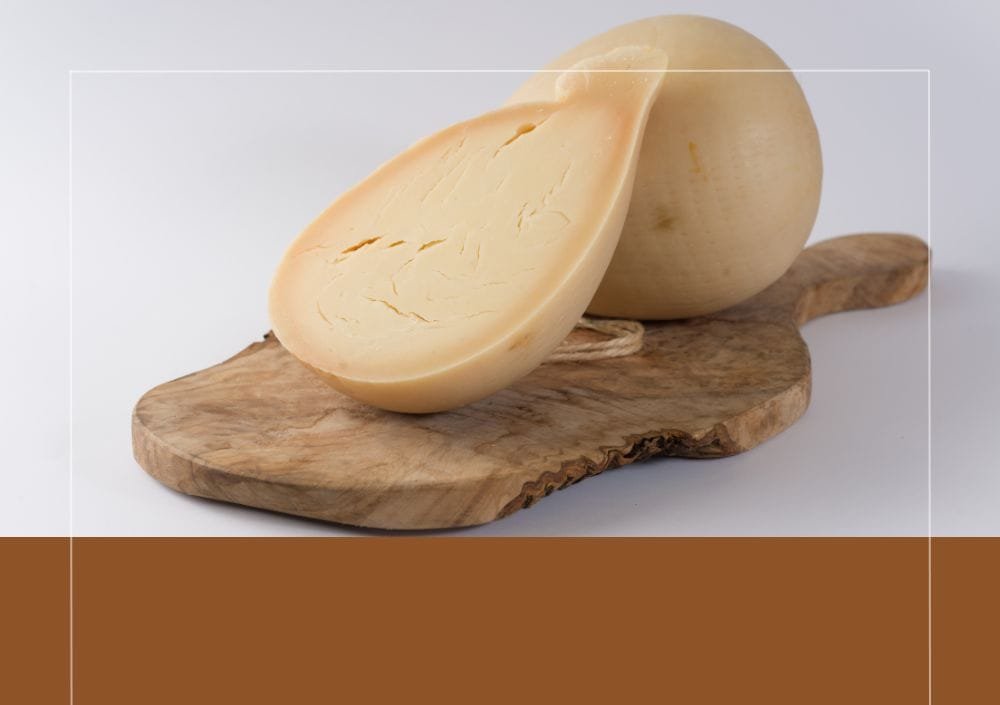Olives in brine represent one of the oldest and most widespread methods for preserving this precious fruit. Since ancient times, olives have been appreciated not only for their unique flavor but also for their numerous health benefits. In this blog, we will explore the history of olives in brine, their origins, and the legends surrounding them.
Origins
Olives have been cultivated and consumed by humans for thousands of years. The first evidence of olive cultivation dates back to about 6000 years ago in the eastern Mediterranean. Populations such as the Phoenicians, Egyptians, Greeks, and Romans played a crucial role in spreading olive cultivation and olive preservation techniques.
The practice of preserving olives in brine likely began out of the need to prolong the shelf life of harvested olives. Fresh olives are not edible due to their extremely bitter taste caused by the high content of oleuropein, a phenolic compound. The brining process helps reduce this bitterness, making the olives pleasant to the palate while preserving them for a long time.
The Greeks were among the first to perfect the art of olive preservation. They used terracotta jars called “pithoi” to store olives in brine. The Romans, who inherited many agricultural practices from the Greeks, further spread these techniques throughout their empire, bringing olives in brine to places like Spain, France, and North Africa.
Legends and Traditions
Olives, and consequently olives in brine, are surrounded by numerous legends and traditions. In Greek mythology, the olive tree is closely linked to the goddess Athena. According to legend, Athena and Poseidon competed for dominion over the city of Athens. Poseidon offered a saltwater spring by striking a rock with his trident, while Athena planted an olive tree, symbolizing peace and prosperity. The Athenians chose the olive tree, and thus the city was named Athens in honor of the goddess.
Another legend tells how Hercules, during one of his twelve labors, planted wild olive trees in southern France, thus introducing olive cultivation to the region. Although this story is more myth than reality, it is an example of how the olive tree and its olives have been revered and considered symbols of strength and wisdom.
In Christian tradition, the olive tree and olives have profound symbolic meaning. In the Old Testament, Noah receives a dove with an olive branch, a sign that the Great Flood had ended and peace was restored. Additionally, olive oil has been used in many religious rites, and olives themselves are seen as a divine gift.
Olives in Brine Today
Today, olives in brine are a common food worldwide. They are used in a variety of dishes, from salads to pizzas, pasta dishes to appetizers. Olives can be preserved in simple brine or enriched with herbs and spices such as rosemary, bay leaves, garlic, and chili peppers.
The production of olives in brine varies from region to region. In Italy, for example, green and black olives are hand-picked and immersed in brine for several weeks or months. In Greece, the famous Kalamata olives are often preserved in a mixture of water, salt, and vinegar, giving them a distinctive flavor.
Olives in brine are not only delicious but also offer numerous health benefits. They are rich in antioxidants, monounsaturated fats, and vitamins. Regular consumption of olives can help improve cardiovascular health, reduce inflammation, and provide essential nutrients.
Puglia, with its centuries-old olive groves stretching as far as the eye can see, is one of the most renowned regions in Italy for olive production. Olives in brine are a fundamental element of Puglian culinary tradition, joining the rich cultural and gastronomic heritage of the region.
Puglian Olive Varieties
Puglia is famous for several varieties of olives, each with unique characteristics that make them ideal for brine preservation:
- Oliva Cellina di Nardò: This small black olive has an intense flavor. It is typical of the Salento area and is mainly used for oil production but also preserved in brine.
- Oliva Bella di Cerignola: One of the largest varieties, known for its fleshy pulp and sweet taste. It is often preserved in brine and appreciated as a table olive.
- Oliva Leccino: Widespread throughout Puglia, this variety is used both for oil and brine preservation. It has a delicate flavor and firm texture.
- Oliva Pizzuta: Known for its elongated shape and strong flavor, it is another highly appreciated variety in brine.
The Brining Process
The process of preserving olives in brine in Puglia follows traditional methods passed down from generation to generation. Here is a detailed description of the procedure:
Harvesting
The olive harvest usually takes place in autumn. Olives intended for brining are carefully selected, choosing the healthiest and ripest ones. Harvesting can be done by hand or with the help of mechanical tools.
Preparation
The olives are thoroughly washed to remove any impurities. They can then be slightly scored or crushed to facilitate brine absorption and accelerate the fermentation process.
Brine
The brine is a solution of water and salt. The ratio of water to salt can vary, but typically a 10% solution is used, i.e., 100 grams of salt for each liter of water. The olives are immersed in the brine and left to ferment for a period ranging from a few weeks to several months.
Fermentation
During the fermentation process, the olives develop their characteristic flavor. The brine can be enriched with local aromatic herbs such as wild fennel, bay leaves, thyme, and rosemary, giving the olives a unique and distinctive aroma.
Preservation
Once fermentation is complete, the olives can be transferred to glass jars and covered with the same brine, possibly enriched with olive oil to enhance preservation and flavor.
Conclusion
Olives in brine represent one of the excellences of Puglian culinary tradition. Their preparation process, rooted in ancient methods and enriched with local flavors, makes each olive a small masterpiece of taste. Whether enjoyed alone or as an ingredient in a more elaborate dish, Puglian olives in brine offer an authentic and unforgettable gastronomic experience, combining simplicity and sophistication in every bite.



























